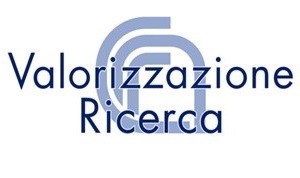The technology is related to peptidomimetic compounds or synthetic derivatives designed for the therapeutic treatment of all those cardiac pathological conditions whose cardiac contractility and/or rhythmicity is associated with dysfunction of intracellular calcium homeostasis. In particular, it is referred here to all those pathological disorders where such dysfunctions are due to alterations of the density and function of the L-type calcium channel (LTCC). For instance, acquired or genetic-based cardiac disease, such as diabetic cardiomyopathy and inherited arrhythmogenic disease (i.e. Brugada syndrome), respectively, represent disorders associated with structural and functional defects of LTCCs. Validation of the therapeutic value of our technology has been shown in vitro and in vivo cardiac disease models.
At a mechanistic level, the products of this technology contribute, via a selective and direct targeting of the chaperone subunit of the LTCC channel, to a physiological correction of the LTCC protein levels and subcellular localizations, which are otherwise altered in the disease. Notably, the gating kinetics of the LTCC are not altered following compound administration. Treatment of in vitro and in vivo cardiac disease models recovers the contractility and rhythmicity of single cardiomyocyte and thereby the whole heart, whose function is restored. This effect does not come at the cost of altered contractility or pro-arrhythmic effects, a major drawback of previously generated LTCC positive modulators.
The peptidomimetic compounds or synthetic derivatives of this invention show:
- The advantage of being non pro-arrhythmogenic. This deviates substantially from the side effects observed from pharmaceutical products (calcium agonists) previously developed and whose action is critically associated with arrhythmia events and potential lethality in the treated patients;
- A target selective action, which is aimed at recovering only the physiological protein levels and subcellular localizations of LTCCs. In fact, no alterations of the opening/closing property of the channel are observed (no alteration of the ionic fluxes of the individual channels, see point above);
- A lack of supraphysiological activation of LTCCs;
- Ineffectiveness when targeting healthy cells.
In the setting of Brugada syndrome, current therapeutic options are limited to the use of implantable cardioverter defibrillator, which may hamper the quality of life of young patients due to inappropriate shocks or lead-related complications that occur in up to 30% of patients. Thus, in this context, the identification of an innovative antiarrhythmic therapy, as those presented in this invention, would represent a major innovation with remarkable clinical impact.
Cardiac-specific selectivity, which is currently under evaluation.
Diabetic cardiomyopathy, arrhythmogenic disease, Brugada syndrome.
Alessia Naso







